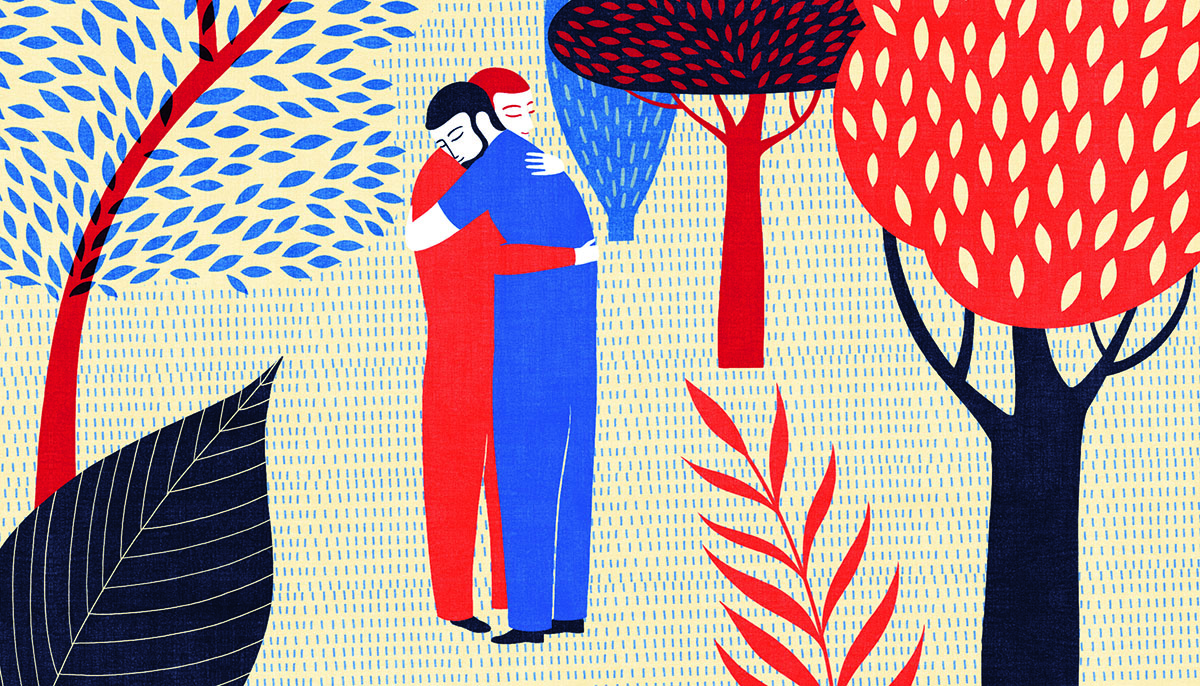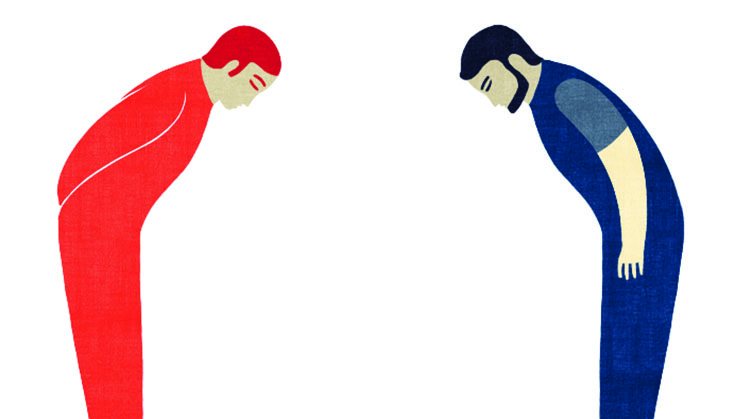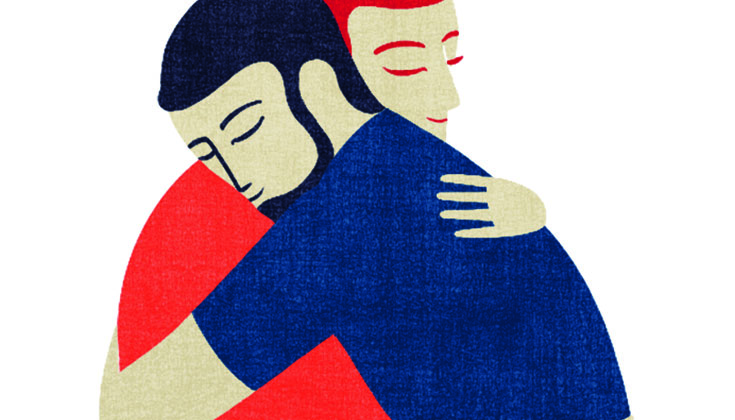Your competent doctor already informed you of your daily need for hugs? Or don't you have a competent doctor?
Why Hugging is Important for Your Health
- Hugging Reduces Stress Levels.
- Hugging Improves Heart Health. Frequent hugging and hand-holding can help to lower blood pressure, reducing the risk of heart disease, heart attack, or stroke.
- Hugging Boosts Self Esteem.
- Hugging Improves Relationships.
- Hugging Reduces Pain.
How to Practice Hugging Meditation
by Thich Nhat Hanh|
Nothing warms the heart like a loving hug. To make the experience even deeper and more healing, the late Thich Nhat Hanh teaches us this practice of hugging meditation he created.
In my hermitage I have planted beautiful trees. When I do walking meditation, I often stop and hug one of the trees, breathing in and out. It’s very nourishing. The tree gives me strength, and it always seems to me that the tree responds to my hugging and breathing.
A tree is always available, but I’m not so sure about a person! Often, we’re not really there with the people we love. We get caught up in other things, like our work or the news on TV. Hugging meditation is a practice of awareness. If we’re not available, how can we hug someone? We return to ourselves to become totally present and available for the other person. If hugging isn’t done in this spirit, it’s only a ritual without content. When we’re mindful and present, hugging has a deep power to heal, transform, and bring reconciliation.
When we hug, our hearts connect and we know that we are not separate beings.
We may practice hugging meditation with a friend, our child, a parent, our partner, or a tree. The hugging can be very deep. Life is there. Happiness is there. Sometimes the hugging is not very deep and the hugger only pretends to be there, perhaps by patting you on the back—I have some experience of this! When someone hugs you with all their heart and presence, you feel it. When someone takes your hands in mindfulness, with their presence, their concern, you feel it. So hug like that—make life real and deep. It will heal both of you.
Hugging meditation is something I invented. In 1966, a friend drove me to the Atlanta airport, and when we were saying goodbye, she asked, “Is it all right to hug a Buddhist monk?” In my country, we are not used to expressing ourselves this way in public. But I thought, “I am a Zen teacher. It shouldn’t be a problem for me to do this.” So, I said, “Why not?” and she hugged me, but I was rather stiff. Later, on the plane, I decided that if I wanted to work with friends in the West, I would have to learn the culture of the West. That is why I invented hugging meditation.
Hugging in public is a Western practice. Meditation, conscious breathing, is an Eastern practice. The two come together in hugging meditation. I think it’s a good combination. For Buddhist practice to be rooted in the West, new dharma doors should be opened. I think hugging meditation can be considered one of these doors. The practice of mindful hugging has helped so many people to reconcile with each other. When we hug, our hearts connect and we know that we are not separate beings.
It’s a pleasure to hug someone we love. But don’t think it’s something easy. Maybe we want to hug the other person, but they aren’t available—they’re caught in their anger, worries, or projects. Hugging is a deep practice and both people need to be completely present to do it correctly. That’s why it’s not always easy. So, we have to learn how.
Hugging meditation is a chance to practice our awareness of impermanence. Each time we hug, we know it may be the last time. Our deep awareness of the impermanent nature of things inspires us to be very mindful, and we naturally hug each other in a deep, authentic way, appreciating each other completely. This can be a good meditation to practice when you are angry with each other.
Close your eyes and practice breathing in and out to bring your insight of impermanence to life. Visualize yourself and your loved one three hundred years from now. Where will you be? In that moment, you know the only meaningful thing to do is to open your arms and hug the other person.
Step One
The first thing to do is to make yourself available. Breathe in and out, and come back to the present moment, so you are really there. Then go to the person you want to hug and bow to them. If they have practiced mindfulness, then they will do their best to abandon the things that are possessing them and make themselves available to you. They will smile and bow, and you will know that they are available. Now hugging is possible.
Stand facing each other with your palms joined, breathing in and out three times. You can say silently:
Breathing in, I know that life is precious in this moment.
Breathing out, I cherish this moment of life.
Step Two
Take the person in your arms. While hugging, breathe consciously and hug with all your body, spirit, and heart. While you hold the other person, they become real, and you also become real. You can say silently something like this:
Breathing in, my loved one is in my arms. Breathing out, I am so happy.
Breathing in, they are alive. Breathing out, it is so precious to be alive together.
Breathing in, it is so wonderful to have them in my arms. Breathing out, I am very happy.
You may then release the other person and bow to each other to show thanks.
This instruction is an edited excerpt from Thich Nhat Hanh’s dharma talks.



No comments:
Post a Comment